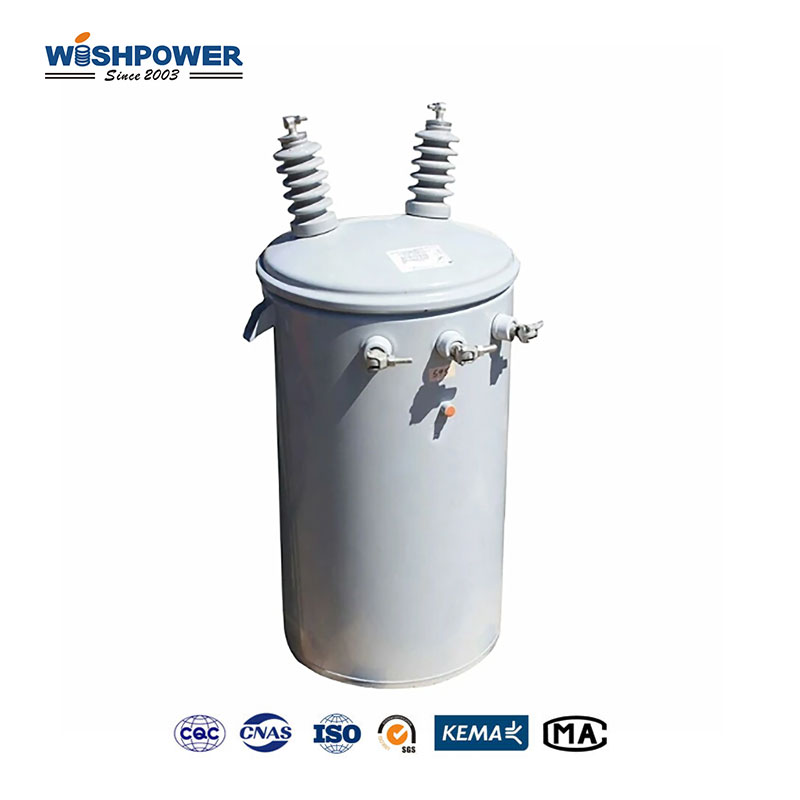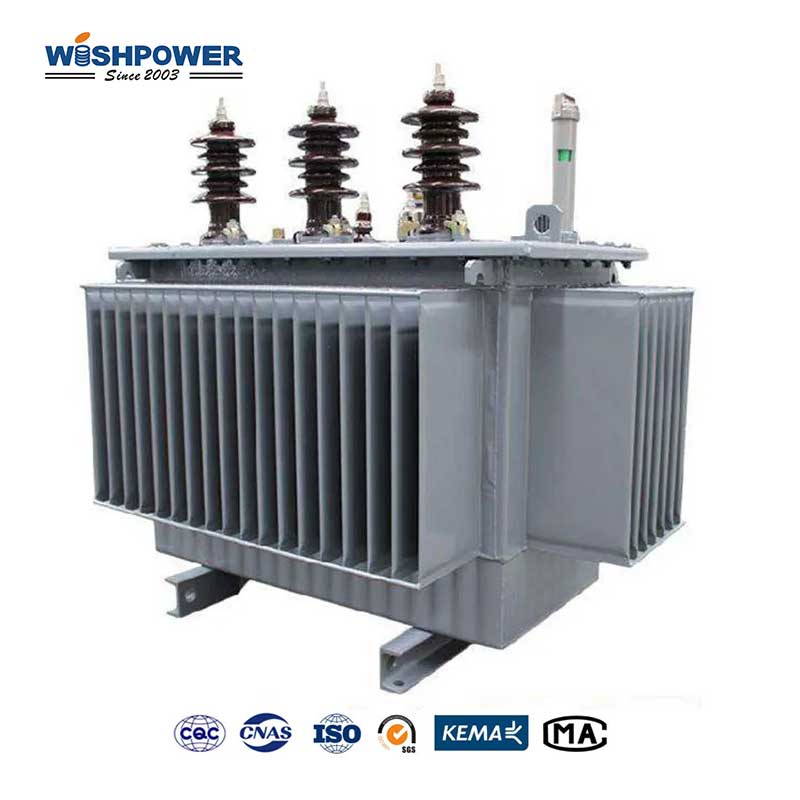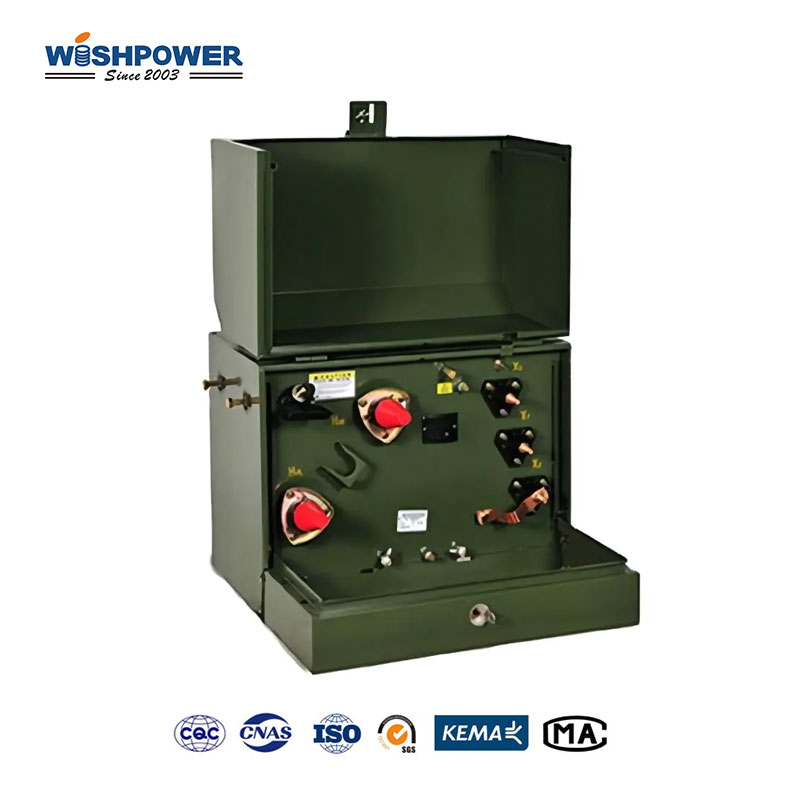Transformers are special electrical devices that help raise and lower outgoing voltage. Because of their versatility, single-phase transformers operate in homes, workplaces, and factories everywhere. They work by taking in and sending out AC electricity in just one path, making them required components for small power grid networks. Although three-phase transformers work well for big industries, single-phase transformers keep achieving great results where they’re needed most.

What are the advantages of single-phase transformer?
- It’s cheaper to buy and install short power systems.
A single-phase transformer offers a major financial advantage because it costs less to make and operate. Single-phase transformers are cheaper to make and put in place than three-phase transformers. Their reduced size and power needs make them perfect for smaller setups like home living, little businesses, and low-performance industry work.
- It’s Easy to Both Put into Service and Keep Running Well
Single-phase transformers need fewer parts to operate and are designed more simply than equivalent three-phase transformers. The simplicity of design makes it simpler to set up and maintain. With just two wires, instead of the three needed for three-phase transformers, the setup is simpler and worked
- Ideal for Low Power Loads
Low power consumption places single-phase transformers in a great position. Because two-phase transformers generate a steady flow of electricity, they work best in areas where people use less energy, when compared to using three-phase transformers. Stand-alone devices in homes and offices require less power, and single-phase transformers deliver all the current these appliances need.
- Compact and Lightweight
Along with other benefits, single-phase transformers have two key strengths: they’re small and don’t weigh much. Because single-phase transformers work with small power levels, they can stay short and light, compared to three-phase ones that handle larger loads. Their compact size means they can move more easily, get put into place more quickly, and connect to power grids without problem.
- Efficiency in Residential Applications
Because homes use regular, simple electrical flows, single-phase transformers function very well. Because single-phase transformers deal with lighter loads, they work better and more economically compared to three-phase systems that must power heavy-duty industries.
- Lower Operational Costs
As well as being less expensive to buy, single-phase transformers lead to smaller running costs. Because of their simplicity, single-phase transformers run more easily and do not need the added supporting systems that three-phase schemes call for. They use less energy and overall run less money, which works well for smaller places with normal electricity needs.
- Flexibility in Design and Use
Single transformers can adapt to many different design and usage situations. They can turn input power up or down to match specific energy uses. Transformer manufacturers can adjust them to match the exact voltage and current levels any home, small company, or light manufacturing site needs.
Applications of Single-Phase Transformers
Homes: They transfer electricity to run all devices in a home for daily activities, turn on lights, and heat spaces.
Small Offices and Retail Stores: They provide electricity for both common lighting needs and power all office needs, including computers and printers.
Rural Areas: If many people live in a place with no advanced power grid, a single-phase transformer can send them the electricity they need.
Small Industrial Applications: Used for running light manufacturing equipment and machines that need average power levels.
Why Choose a Single-Phase Transformer?
The benefits of single-phase transformers are clear: they’re less costly, straightforward to use, run efficiently, and work well in smaller power situations. These transformers work perfectly in neighborhoods, regular businesses, and small industrial setups when big energy isn’t necessary. While three-phase transformers are best used in big industrial settings, single-phase transformers do a great job meeting low-energy requirements at low costs.
If you have different opinions or want to know more, please leave a message on the website or contact us directly at info@wishpower.net

















